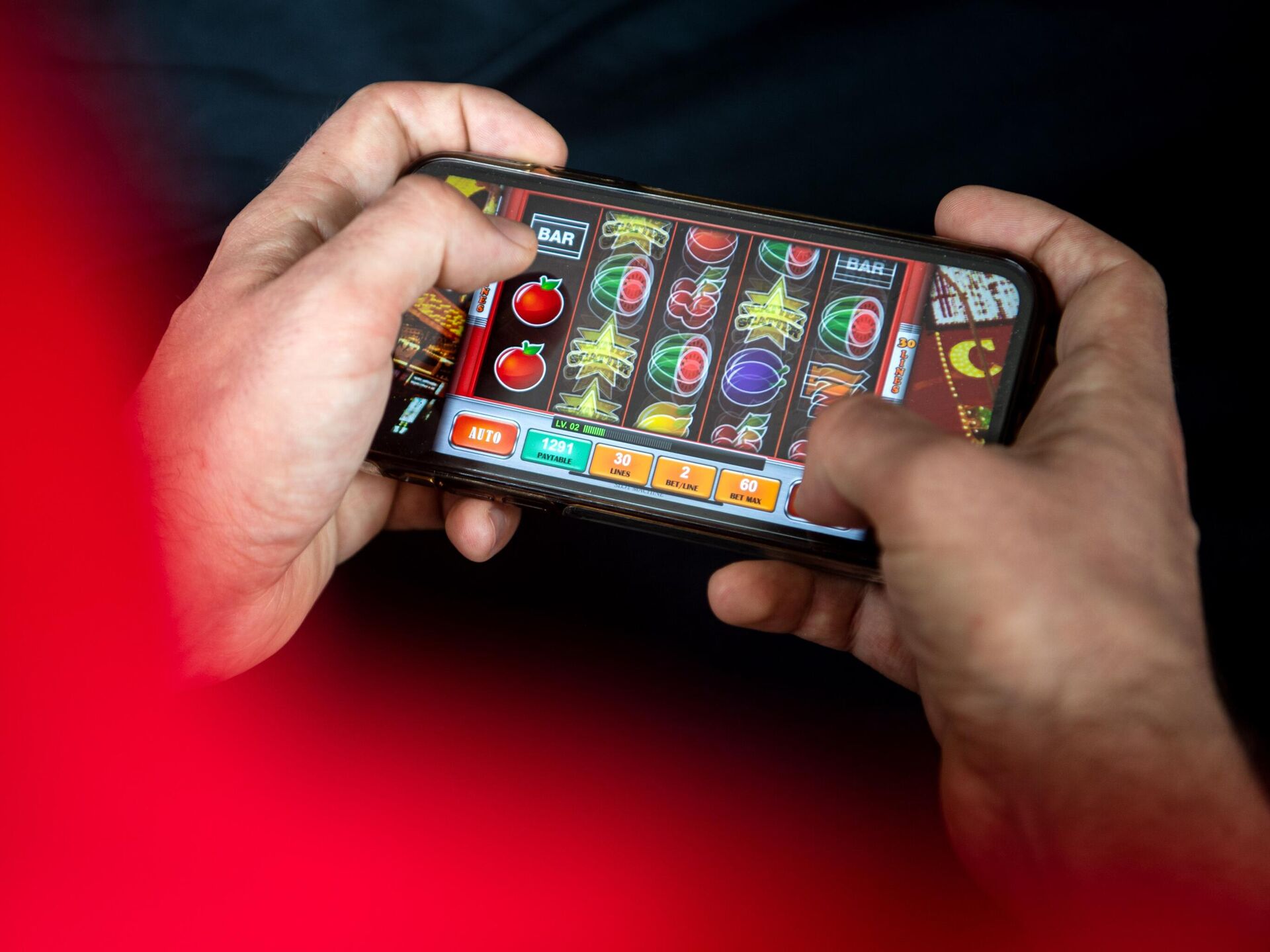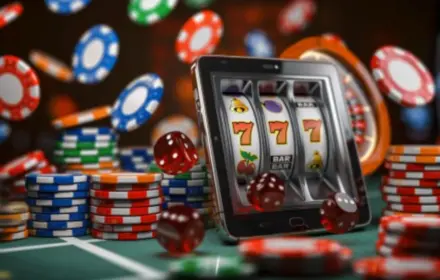From the very beginning of its existence, the Soviet government sought to completely change the societal values system, including the perception of entertainment involving money.
The history of casinos in the USSR is directly linked to the communist ideology, which viewed gambling as a vestige of the bourgeois past. Any forms of betting, roulette, poker, and even harmless card games fell under strict control, with the state regulating every aspect of the industry.

Revolution and the Beginning of Bans in the History of Casinos in the USSR
After the events of 1917, the new authorities decided to break ties with pre-revolutionary habits, including gambling houses. By the early 1920s, gambling in the USSR was declared undesirable, and most establishments were closed. The state believed that the first casinos in the USSR, dating back to imperial times, undermined the work ethic and fostered a desire for easy gain among the population.
Along with the closure of legal establishments, a crackdown on underground clubs and dens began, which continued to operate clandestinely. Trials, confiscations, and arrests became part of the state policy. However, the tough stance did not eliminate society’s interest in gambling and laid the foundation for the formation of a complex and contradictory model, as described in the history of casinos in the USSR.
Ideological Control and Propaganda
The communist ideology shaped a new attitude towards money, work, and leisure. Any activity involving risk and reward was seen as “capitalist dependency” and was juxtaposed with the work ethic. The authorities actively promoted propaganda, claiming that bets, winnings, and personal enrichment were detrimental to the development of a collectivist society.
In newspapers and cinema, gambling entertainment was depicted as a sign of moral decline. Thus, the history of casinos in the USSR evolved under the influence of ideological beliefs, while private gambling businesses faced severe pressure.
State Control and “Sportloto”
Despite strict restrictions, the authorities understood that completely eradicating interest in gambling was impossible. Therefore, in the 1970s, a state alternative emerged – “Sportloto.” Lotteries allowed for legal betting, with all proceeds going to the budget for the development of sports and culture.
The legalization of certain forms of gambling did not change the government’s approach to casinos, roulette, or poker. The ban remained strict, with all other formats considered illegal. This decision solidified a model where the history of casinos in the USSR followed a path of strict control and minimal tolerance for any form of private gambling business.
Underground Clubs and the Culture of Hidden Gambling
The strict limitations gave rise to a new underground industry. Closed establishments appeared in Moscow and Sochi, where affluent individuals, party elites, and experienced players gathered. Card games were played, poker tournaments were held, and high-stakes draws took place.
Professional dealers worked in such establishments, and security measures were at the highest level. Experienced cheaters were often among the participants, using complex schemes to deceive opponents. Despite the risk of arrest, the underground industry thrived, and such establishments became an important part of the evolving history of casinos in the USSR.
Why Gambling Was Considered Dangerous
To understand the government’s policy, it is worth considering the reasons why gambling was viewed negatively:
- portrayal of bets and winnings as symbols of bourgeois lifestyle;
- concerns about losing control over financial flows and the spread of underground establishments;
- connection of private clubs with criminal circles and illegal profits;
- efforts to raise citizens oriented towards work rather than easy gain;
- ideological focus on collectivism, excluding individual interests.
These factors shaped a strict policy towards the gambling business and directly influenced the development of the history of casinos in the USSR over decades.
Popular Formats of Gambling Entertainment
Despite official bans, many forms of gambling remained part of Soviet life – both legal and underground. Among the most common were:
- closed dens with high stakes and professional dealers;
- underground card games among intellectuals and entrepreneurs;
- roulette and poker in elite clubs in Moscow and Sochi;
- state lotteries, including “Sportloto”;
- unofficial street bets and sweepstakes.
The combination of legal and illegal formats demonstrates the dual approach of the Soviet authorities to gambling and explains why the history of casinos in the USSR was so contradictory.
The Turning Point of the 1980s: First Steps towards Change
In the 1980s, an economic crisis and the beginning of perestroika changed the approach to regulating entertainment. Authorities began discussing partial legalization of casinos in major cities. The first experimental halls appeared in Moscow and some tourist regions.
Although the projects were under strict state control, their potential existence signaled a shift in policy. The final stage, describing how the history of casinos in the USSR changed, reflects the transition from strict bans to laying the groundwork for future legislative reform after the collapse of the Union.

Conclusion
Communist ideology shaped the attitude towards gambling throughout the Soviet period. Harsh censorship, control, repression, and the simultaneous development of underground clubs created a contradictory reality.
An analysis of historical facts shows that the history of casinos in the USSR was not just a struggle of the state against “bourgeois habits,” but also a constant resistance of society to prohibitions. The contradictions between ideology and people’s interests laid the foundation for future transformations, which began in the new economic reality of the 1990s.
 en
en  de
de  ar
ar  es
es  nl
nl  hi
hi  fr
fr  it
it  pt
pt  el
el 











